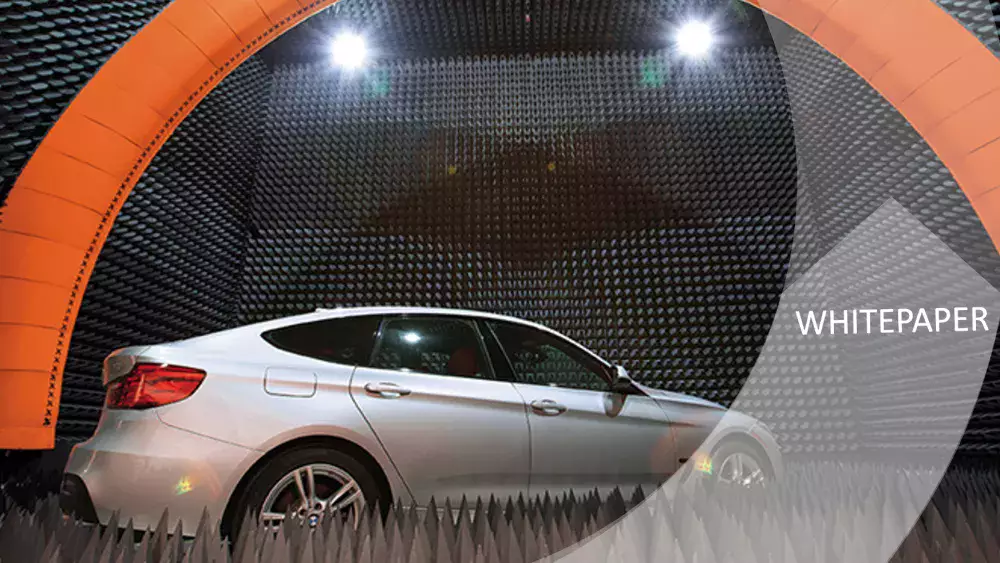
Publié le 22/02/2022 15:00:00
We are pleased to present our latest WHITEPAPER about measuring the effect of ground surfaces on vehicle-mounted antennas.
Numerous antennas and sensors occupy key positions in and around modern vehicle architecture, and in connected cars even more. Testing the antennas to make sure they function reliably without interference from each other or from structure or surroundings is crucial; particularly as we move toward vehicles becoming autonomous.
Of the various external sources that can have an impact on the performance (propagation pattern) of these vehicle-mounted antennas, ground surfaces are significant contributors. The impact of real ground surfaces is desired information in the development and testing of vehicle-mounted antennas.
Common implementations of automotive antenna tests are in hemispherical or truncated SNF measurement systems in which the vehicle is placed on either a conducting or absorbing surface.
This whitepaper will discuss the impact of ground surfaces on vehicle-mounted antennas. It will introduce systems and techniques applied in automotive antenna testing for this purpose and explain the advantages of full automotive antenna measurements performed in a free space setup paired with specific post-processing techniques.
➊ Why test the effect of ground surfaces on automotive antennas
➋ Mitigation of truncation errors in SNF measurements
➌ Applying the Image Theory technique in advanced post-processing

